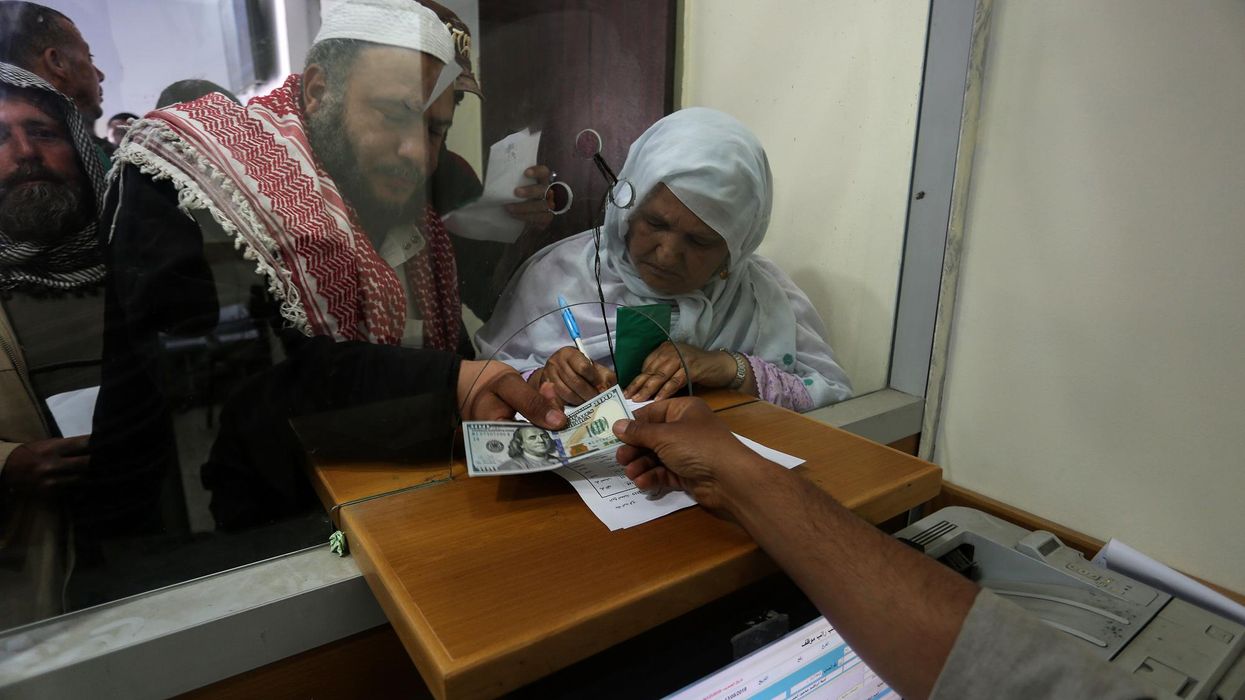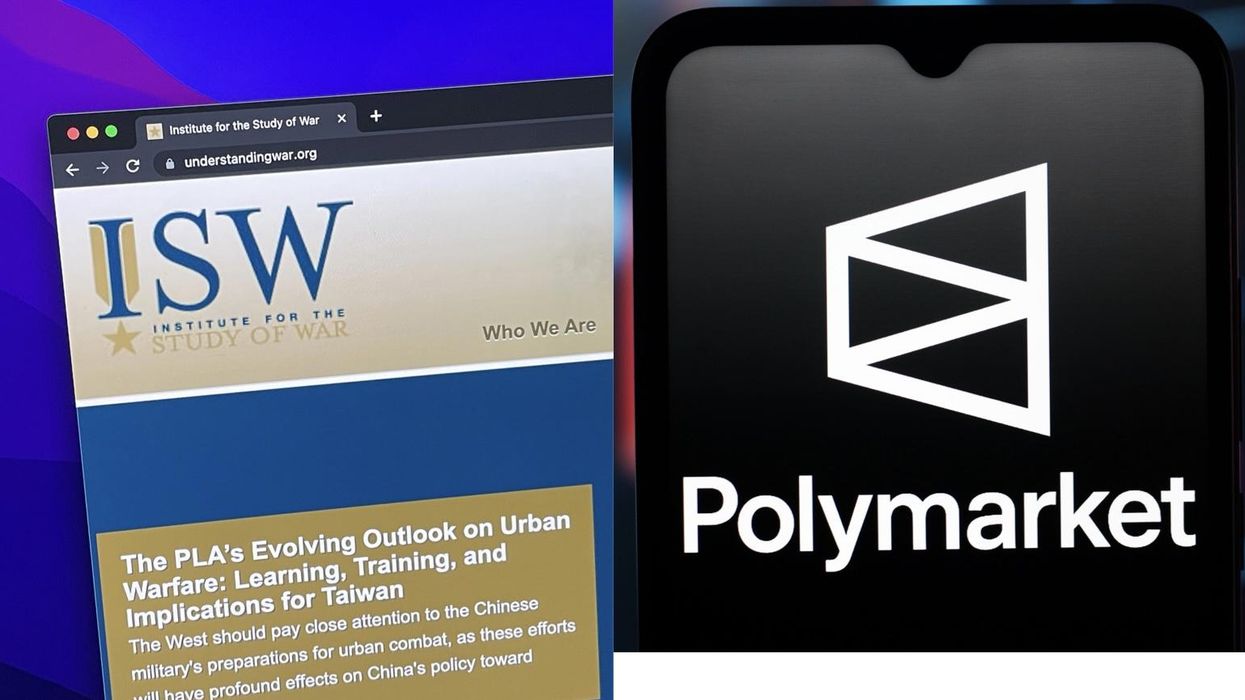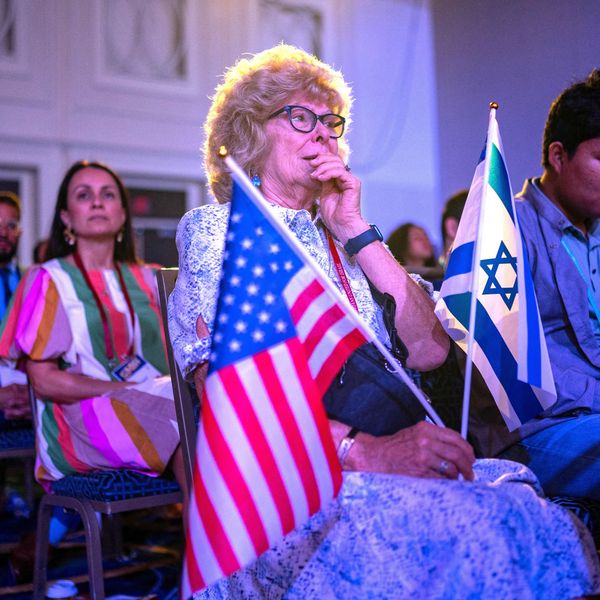Recent media reports indicate that the United States is seeking Russia’s acquiescence for the use of military bases in Central Asia to help contain the Taliban’s power following the completion of the U.S. troop withdrawal from Afghanistan. The Kremlin’s response so far has been unclear. Initially, Vladimir Putin’s government seemed inclined to oppose a new U.S. military presence in Tajikistan and Uzbekistan, countries that are under heavy Russian influence. Russia’s Deputy Foreign Minister Sergei Ryabkov supposedly conveyed a message to Washington during Vladimir Putin’s summit with President Biden, warning the United States against deploying its troops in the former Soviet Central Asian nations.
However, Moscow’s attitude may be shifting. A July 17 Reuters article reported that Putin had even offered to let the United States utilize Russian bases in Tajikistan and Kyrgyzstan, albeit for limited, intelligence-gathering purposes. A story in the Russian publication Kommersant, citing confidential sources, largely confirmed that such an offer was in play.
Two aspects of this episode are notable. One is that the Biden administration has the gall to seek the Kremlin’s acceptance of a U.S. military presence in Central Asia, despite the openly hostile stance toward Russia that American officials have pursued. The other remarkable feature is that Putin has not summarily rejected such an initiative.
U.S. and NATO provocations toward Russia have not eased since Biden took office. Indeed, they seem to be intensifying. In just the past few weeks, several new incidents have occurred. On July 16, Washington signed an agreement with Hungary specifically giving U.S. forces the right to utilize two air bases. On July 12, the United States and 11 NATO allies launched a series of war games in the Black Sea. That set came on the heels of the 32-nation, 2-week-long war games in the same body of water. Such military maneuvers are inherently menacing to Russia, since they take place in close proximity to its crucial naval base at Sevastopol. Farther north, U.S. forces conducted joint “military drills” with units from Ukraine, Poland, and Lithuania.
War games are not the only manifestation of U.S./NATO hostility toward Russia. In mid-April, the Biden administration expelled Russian diplomats and imposed new sanctions on Moscow for its alleged interference in the 2020 U.S. elections and its supposed failure to take action against cyberattacks emanating from Russian soil. The administration even pressured German Chancellor Angela Merkel for an agreement to orchestrate a united response among the European allies if there were indications that Moscow seeks to use the Nord Stream 2 gas pipeline for leverage on other issues.
Biden himself did little to ease the already frosty bilateral relationship with the Kremlin when he described Putin as a killer with no soul. The subsequent summit between the two leaders was conducted in an orderly, professional manner, but there was no indication of a rapprochement between the two countries.
Washington sought to enlist its NATO partners to embrace a confrontational policy toward Moscow, and the communique following the alliance summit in June confirmed that the effort had been successful. The language in that document made it clear that the United States and its allies regard Russia as a dangerous, authoritarian adversary determined to undermine the security and liberty of the Western democracies.
An early passage stated bluntly “Russia’s aggressive actions constitute a threat to Euro-Atlantic security.” One later passage made the complaint more explicit: “Until Russia demonstrates compliance with international law and its international obligations and responsibilities, there can be no return to ‘business as usual.’ We will continue to respond to the deteriorating security environment by enhancing our deterrence and defence posture, including by a forward presence in the eastern part of the Alliance.” The delegates, however, insisted that “NATO does not seek confrontation and poses no threat to Russia” — an assurance belied by multiple alliance actions since the mid-1990s.
A lengthy and indiscriminate litany of grievances followed. “In addition to its military activities, Russia has also intensified its hybrid actions against NATO Allies and partners, including through proxies. This includes attempted interference in Allied elections and democratic processes; political and economic pressure and intimidation; widespread disinformation campaigns; malicious cyber activities; and turning a blind eye to cyber criminals operating from its territory, including those who target and disrupt critical infrastructure in NATO countries.” Ukraine was high on the list of the Alliance’s roster of complaints and demands, as was virtually every aspect of Russian policy toward Georgia, Moldova, and other neighboring states.
To be sure, Russia is not innocent regarding the deterioration of relations with the West. Moscow’s conduct toward its smaller neighbors in Eastern Europe sometimes has been overbearing and abrasive. The Kremlin’s annexation of Crimea and support for separatists in eastern Ukraine — even though those moves were a reaction to previous U.S. and European Union meddling in Ukraine’s domestic politics — violated international law and exacerbated an already volatile situation. The buildup of missiles and other military hardware in its Kaliningrad enclave also has increased tensions. Nevertheless, the bulk of provocations and destabilizing actions have come from the United States and its allies.
U.S. policy toward Russia before and after the NATO summit epitomizes what I have described elsewhere as Washington’s fondness for “capitulation diplomacy.” The essence of that approach is to adopt belligerent rhetoric, provocative military moves, and a laundry list of demands while offering few, if any, meaningful concessions to the other party. However, the Biden administration now finds itself in the awkward position of needing Moscow’s cooperation to advance U.S. strategic objectives in Central Asia.
One could readily understand if Putin responded to U.S. overtures by telling Biden to go pound sand. If he does not do so, it suggests that either Washington is prepared (however quietly) to offer some concessions on issues important to Russia, or that the Kremlin fears the threat of radical Islam and China’s growing clout in Central Asia even more than it does a U.S. military presence. One thing is certain, however; if Russia cooperates on this issue, this cooperation will have come despite, not because of, the Biden administration’s undiplomatic approach so far.

















